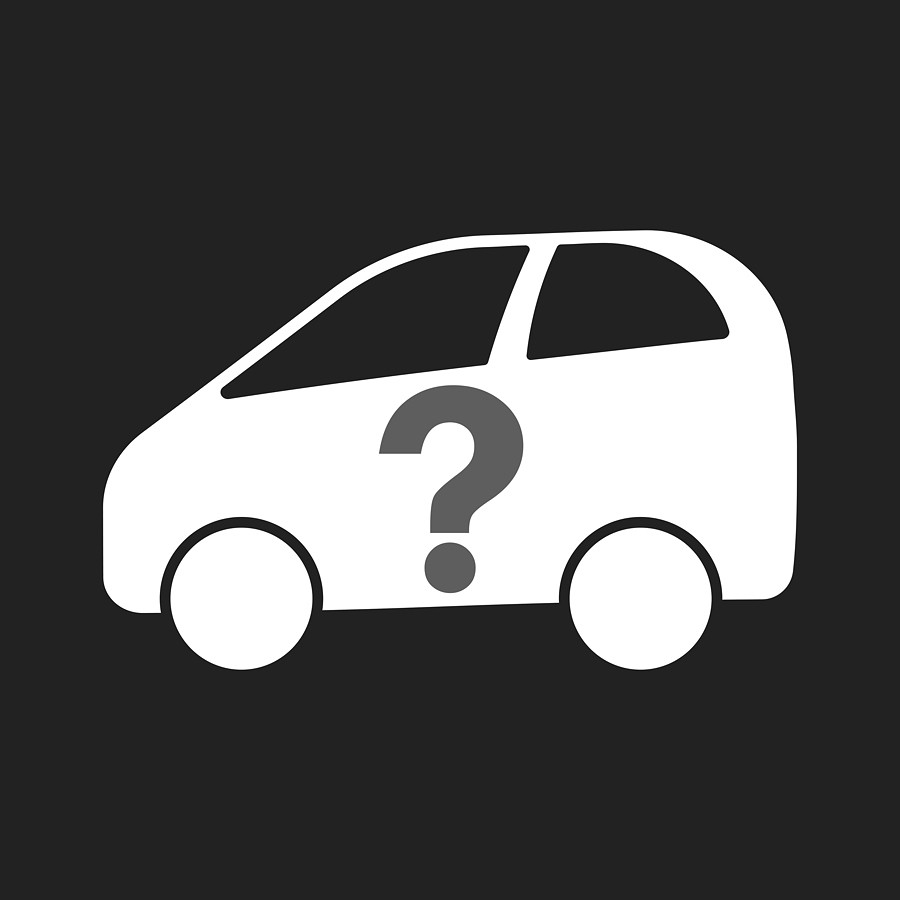

Conversion complexity: Some electronic equipment and gadgets need DC electricity to function.This loss, sometimes referred to as line loss, can have a big impact on total energy efficiency. Transmission line power loss occurs due to resistance in the lines that transmit AC power across long distances.Safety precautions, including appropriate insulation and grounding, are required to reduce these dangers. Higher Voltage Risks: Compared to DC power systems, AC power systems run at higher voltages, which increases the dangers of electrical shock and similar phenomena.AC motors’ tremendous torque and power output make them appropriate for heavy-duty applications.Ĭheck Out – What Is Top Post Battery Terminal? Cons of AC power sources Cons Of AC Power Source The efficient operation of electric motors is made possible by AC power. Performance of Electric Motors: Electric motors are widely used in industrial machinery, HVAC systems, and electric cars, among other uses.

It is compatible with the current electrical infrastructure, enabling wide adoption and device compatibility. The most common type of energy utilized in most homes and businesses is AC power, which is compatible with electric grids.This makes it possible to distribute power effectively across broad areas while reducing energy loss during transmission. Efficient Transmission: AC power may be readily stepped up or down in voltage using transformers, making it ideal for long-distance transmission.Pros of AC Power Source Pros of AC power source
#12 volt car battery ac or dc how to
We can better understand how car electrical systems work by being aware of the DC nature of automotive batteries.ĭon’t Miss – How To Start A Car With A Dead Battery Without Another Car? The starter motor, lighting, and electronics are just a few of the car’s parts that use this DC electricity. Car Battery AC Power Source: Is a car battery ac or dc? Chemically created electrical energy from car batteries is produced and stored before being transformed into a constant DC output. DC electricity consistently flows in one direction, unlike AC power, which frequently varies. Instead of being an alternating current (AC) power source, a car battery is a direct current (DC) power source. Must Read – How Many Amps Is A Car Battery? 1. Knowing how AC and DC power differs is essential for knowing how electrical systems work and determining which gadgets they are compatible with. Batteries, electronics, and automobile systems frequently use DC power. On the other hand, DC power moves consistently in just one direction and stays steady throughout time. What is the DC voltage of a car battery?.How To Use A Multimeter To Test Car Battery?.Difference Between Voltage And Current?.It is frequently supplied through power grids and used in domestic electrical systems. Continuously changing directions and oscillating back and forth in cycles are the hallmarks of AC power. What Is AC or DC Power Source?ĭirect current (DC) and alternating current (AC) are the two basic electrical power sources.

Let’s investigate the world of car batteries and the type of electrical power they produce to solve this puzzle and show how automobile electrical systems function inside out.

A frequent query is whether a car battery produces AC (alternating current) or DC (direct current) electricity. The car battery supplies the necessary electrical energy to run numerous systems and is an essential component. It’s only natural to be curious about the fundamental mechanisms that keep these vehicles running while we are in awe at the sophisticated engineering and technology behind them. We rely significantly on cars in our daily lives to quickly get us from one point to another. Get more clarity: Is a car battery AC or DC power source? This a question that many car enthusiasts get confused with.


 0 kommentar(er)
0 kommentar(er)
